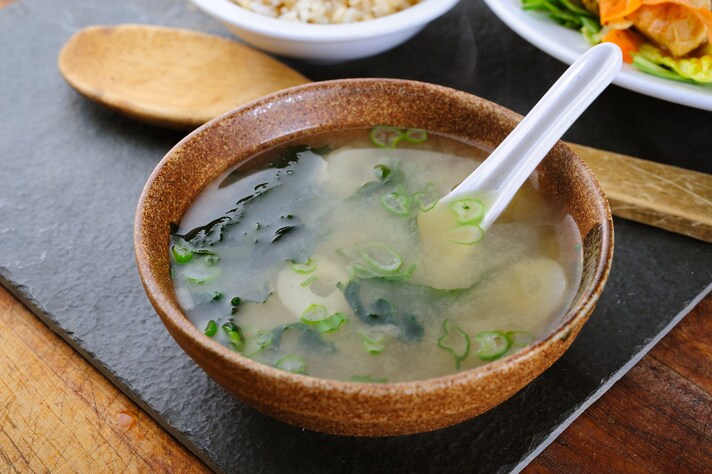Is Food from The Sushi Bar Healthy? Here’s What You Should Know
Although most people associated the term sushi with raw fish, it actually refers to the method of preparation. Typically, rice is seasoned with vinegar and then used to prepare small bites with vegetables and raw fish (sashimi). Although it’s a traditional Japanese cuisine, it has become very popular in Western countries. Today, you can find sushi made with other seafood, as well as the uber-popular California roll.
Calories and Nutrition
;)
From a weight-loss point of view, sushi might not be the best choice of food, but it’s also not the worst. As there are many different options, you just need to choose wisely. Don’t be fooled by the size! They may look small, but one shrimp tempura roll has more than 500 calories! The rice, as well as the deep-fried shrimp contribute significantly to this amount.
Because sushi consists of small bites, they may also trick you into eating more. If you are on a calorie-restricted diet, opt for sashimi. Sashimi-style sushi (sushi with raw fish) is rich in omega-3 fatty acids and vitamins B12 and D.

You can order miso soup, a rich broth packed with umami flavor. It has less than 100 calories and will be filling enough so you don’t feel deprived. You can also add seaweed (nori), it’s high in iodine and calcium, but not so high in calories. Stay away from sushi rice, mayonnaise, and anything with the word ‘tempura’, which means it has been deep-fried and therefore fattening.
Food safety

With raw fish comes a few hazards: Salmonella, Listeria, and parasites. In fact, the FDA and NHS both recommend that pregnant women limit their intake of raw fish often found in sushi.
Some fish naturally contain high amounts of histidine. If the fish is not stored correctly (i.e. left at warmer temperatures), bacteria convert the histidine to histamine. If a person then consumes the spoiled fish, they will get Scombroid poisoning due to histamine toxicity. Luckily most restaurants and food retailers make great efforts to store their fish at cold temperatures. Not only is it an expensive item, but a food poisoning lawsuit can become costly!

Unfortunately, it’s not only the fish you have to be worried about. The real culprit behind food poisoning stories are often the rice! If rice sits at room temperature for too long, Bacillus cereus bacteria can multiply and produce toxins that will cause illness. Sushi rice is mostly kept at room temperature which makes it especially risky for this bacterium. To prevent the bacteria from growing, vinegar is added to make sure the rice has a pH of less than 4.3.
To prevent food poisoning, make sure you get your sushi from a reputable supplier or retailer. Most sushi chefs are trained to look out for quality fish and know how to spot spoiled fish and parasites. They also know the precautions that should be taken to make sure that no bugs can grow in your sushi!
By making informed decisions, you can now have your sushi and eat it too!
;Resize,width=767;)
;Resize,width=712;)

;Resize,width=712;)
